Intentional Movement for Our Body
Working remotely can come with its advantages, but one thing that it can negatively affect is our daily movement. Here, Dr. Lewis helps us understand ways intentional stretching can help.
Working remotely can come with its advantages, but one thing that it can negatively affect is our daily movement. Here, Dr. Lewis helps us understand ways intentional stretching can help.
Humans are meant to move. If you think of ancient humans, we were constantly on the go. At first, we needed to hunt and gather to survive. Later on, we spent days tending to our fields and caring for our livestock. What we didn’t do was spend most of our time sitting in chairs, driving in cars, and sitting in front of a computer screen. While these are necessary for many of us in today’s society, our bodies are often suffering the price of this drastic change in our activity level.
I see people every day who have problems created by our current situation of having so many people sitting down all day. This has increased as more and more people have transitioned to working from home due to COVID-19 over the past year. Because of this, people aren’t walking around the office to speak with a colleague or go to meetings, it all happens in the exact same place.
While this has allowed work to continue for many of us, the excess sitting can take a toll on our bodies.
If you’ve been sitting more than usual, these things probably aren’t in your head.
It puts our hamstrings and hip flexor muscles in their shortest, least stretched out positions and they may begin to tighten up over time. Chairs also help support our bodies so that we no longer need to engage our core and gluteal muscles to support our spine and keep it in a good position. This can lead to changes in the position of the lower lumbar spine and pelvis, which may lead to back, hip, and knee pain.
I’m not saying that we should quit our jobs so that you can climb trees, gather mushrooms, or try to stalk wild animals. I am saying that we need to be intentional about taking care of our bodies and remembering that we need to move.
This can take many forms. You can try to get up more regularly and move around. You might take up a new activity or just try to walk more.
However, some people may be to the point that they need to be even more intentional in addressing the conditions mentioned above. Since sitting can cause tightness in our hamstrings and hip flexors, a solution would be to intentionally stretch these muscle groups.
There are many exercises and stretches that can be done. Each person can explore and do your own research and talk with your doctor, but a standing lunge stretch or a kneeling hip flexor stretch is a great place to start.
 Standing lunge
Standing lunge
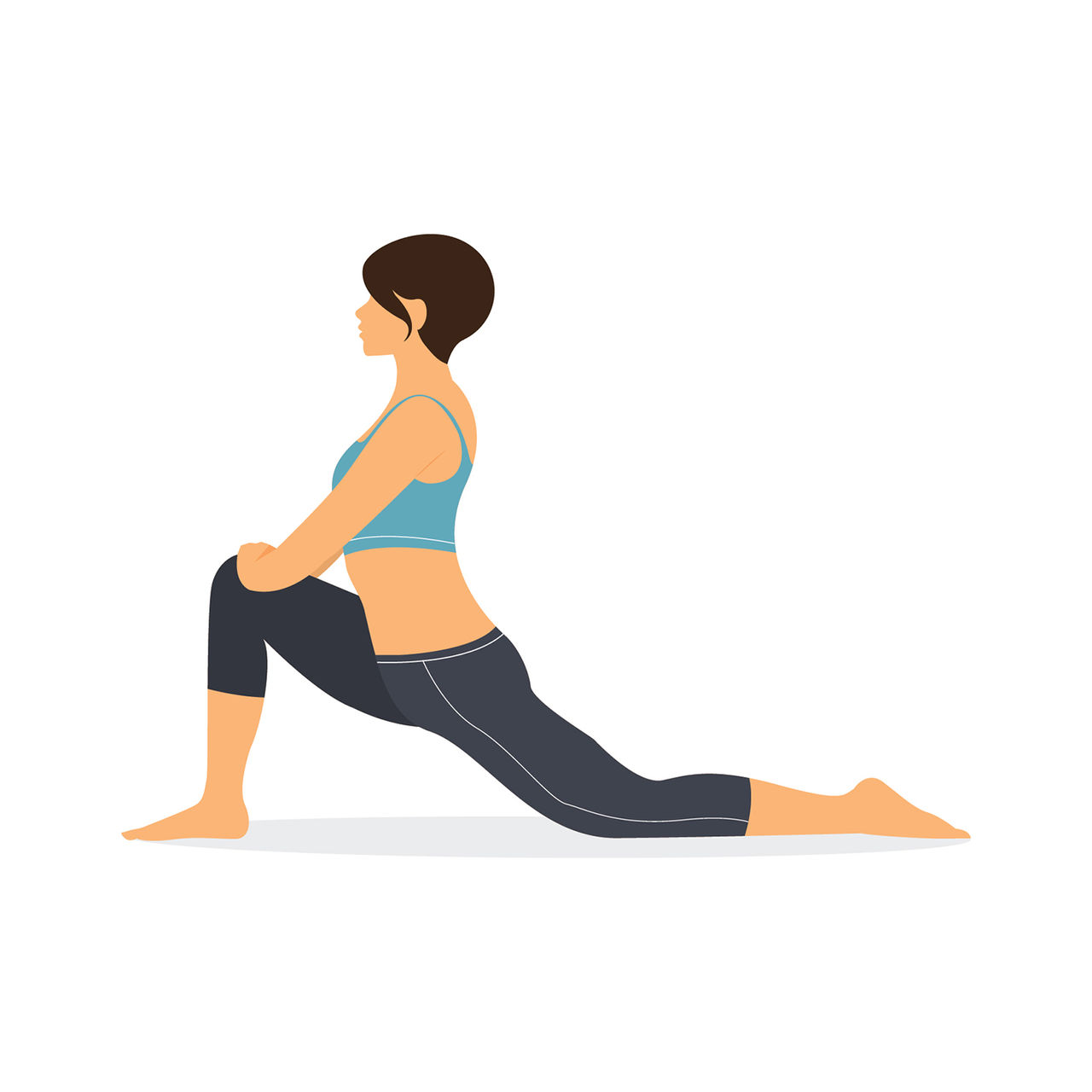 Kneeling hip flexor stretch
Kneeling hip flexor stretch
To stretch the hamstrings, you can do a simple forward fold, or a standing hamstring stretch. The other thing to remember when stretching is that these positions should be held for 30-60 seconds to really accomplish the stretch. There are many other stretches out there but making stretching a part of your daily routine could be key to improving your hip, knee, or back pain.
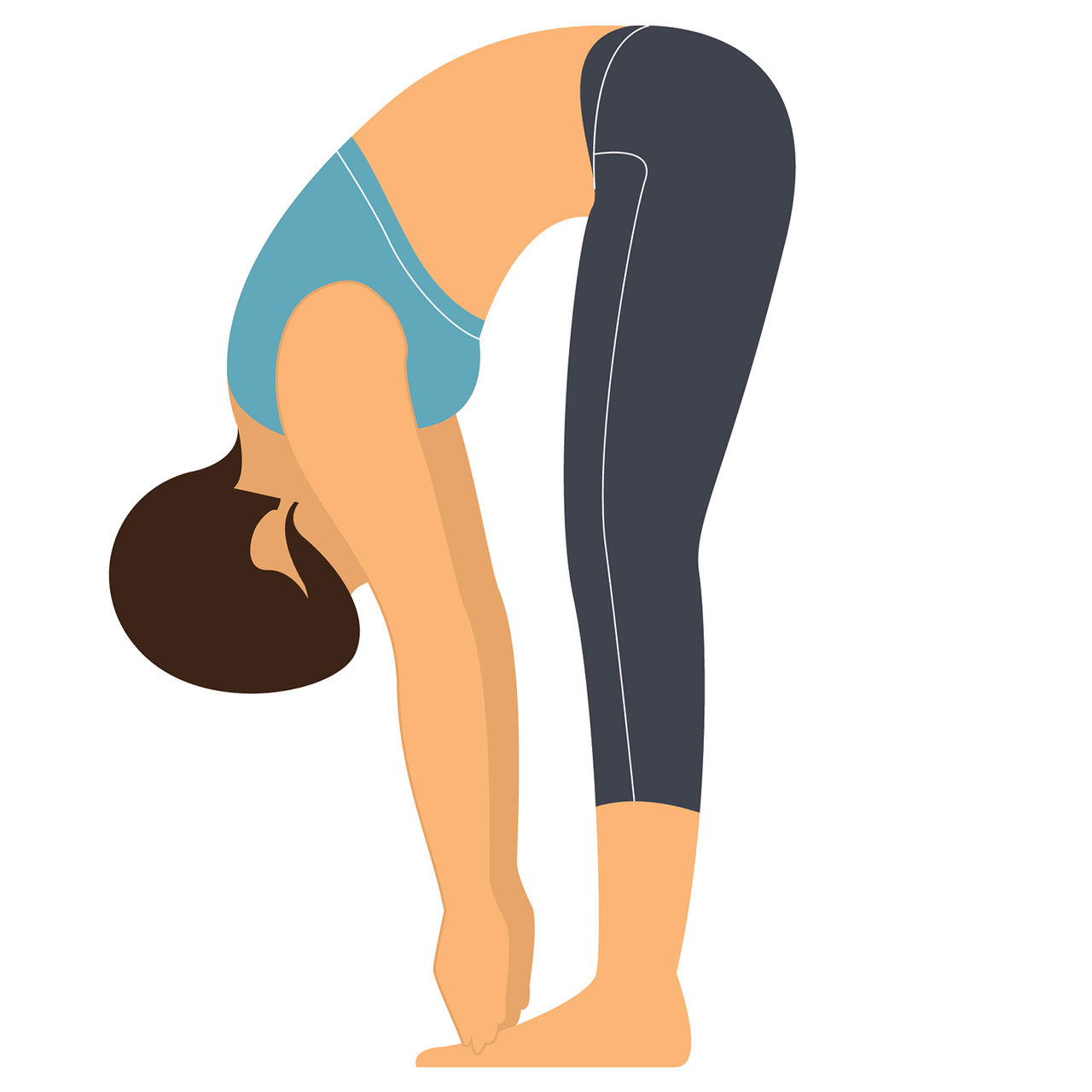 Forward fold
Forward fold
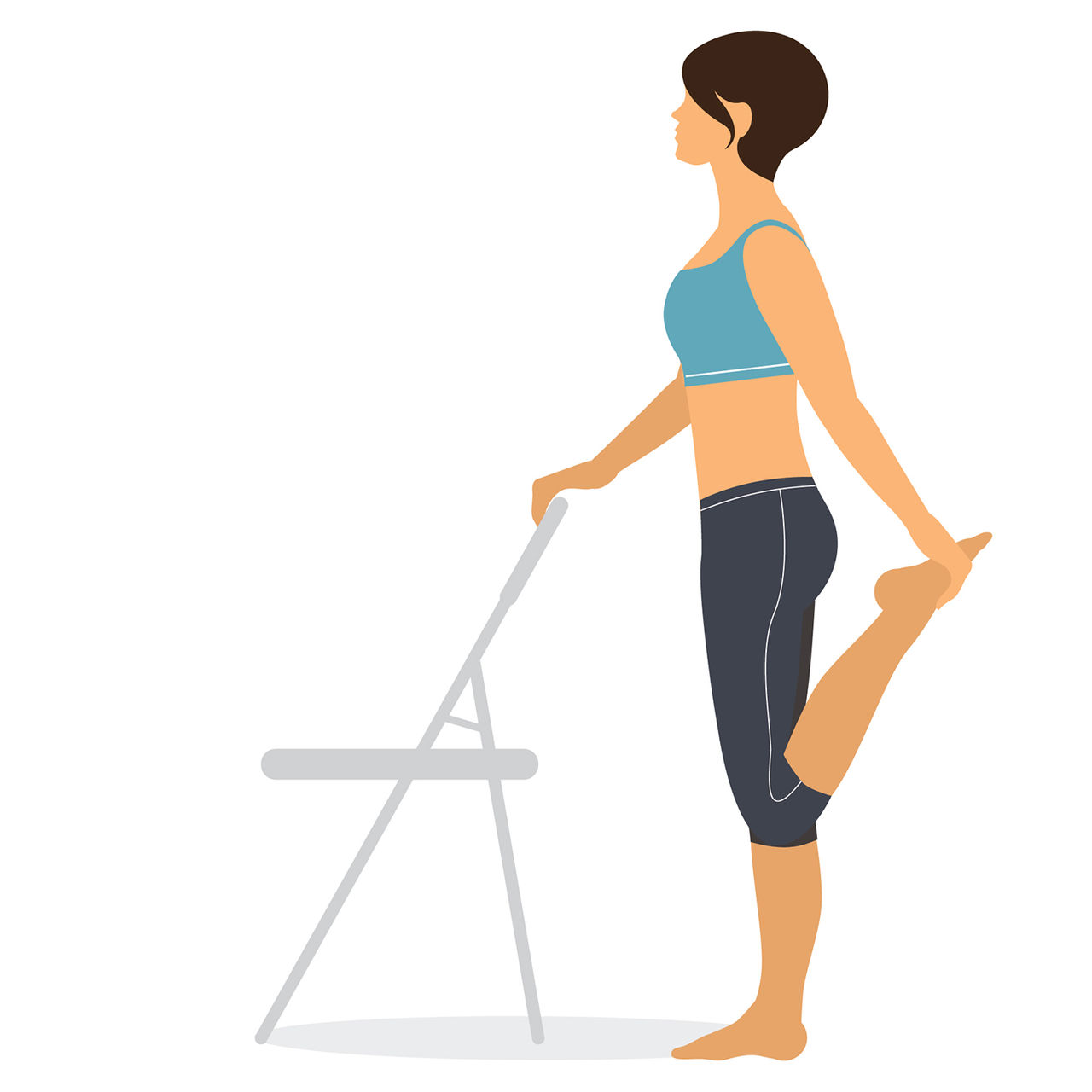 Standing hamstring stretch
Standing hamstring stretch
Another key area to address is the lack of core and gluteal strength that is required to sit in a chair all day long. If some of these changes have started to occur, simply getting up and walking more may not be enough to restore the muscular balance that you need to help with whatever pains that you may be experiencing.
Gluteal exercise can be accomplished in a variety of ways.
You can do glute sets, where you squeeze and relax the glutes even while you are sitting. You can also do bridges, clamshells, or band exercises like the monster walk.
 Glute Sets
Glute Sets
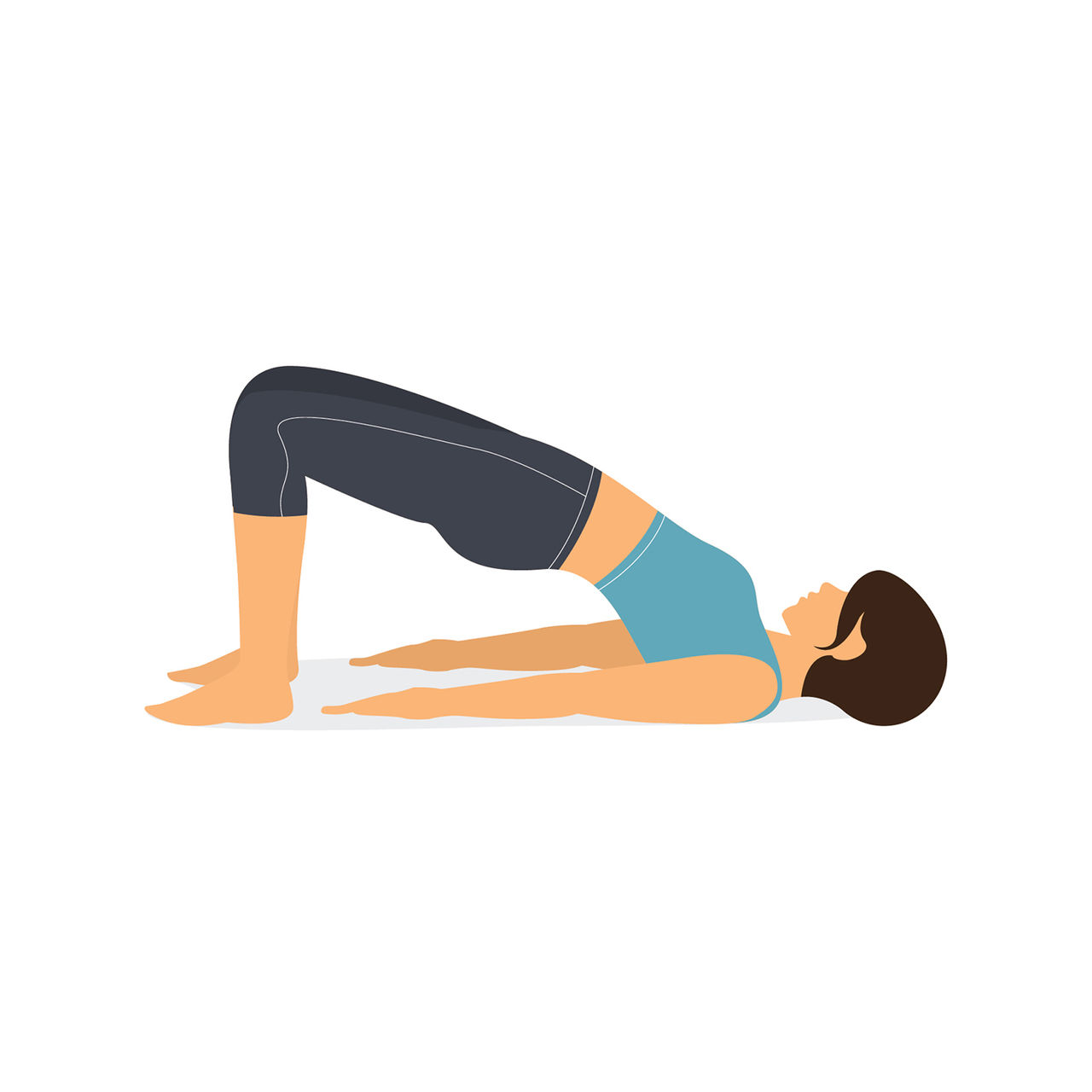 Bridge
Bridge
As far as your core goes, planks, crunches, or even reverse crunches are often used. Dynamic movement activities like yoga, Pilates, or tai chi may be helpful for some as well. Consult your doctor before starting any new exercise routine.
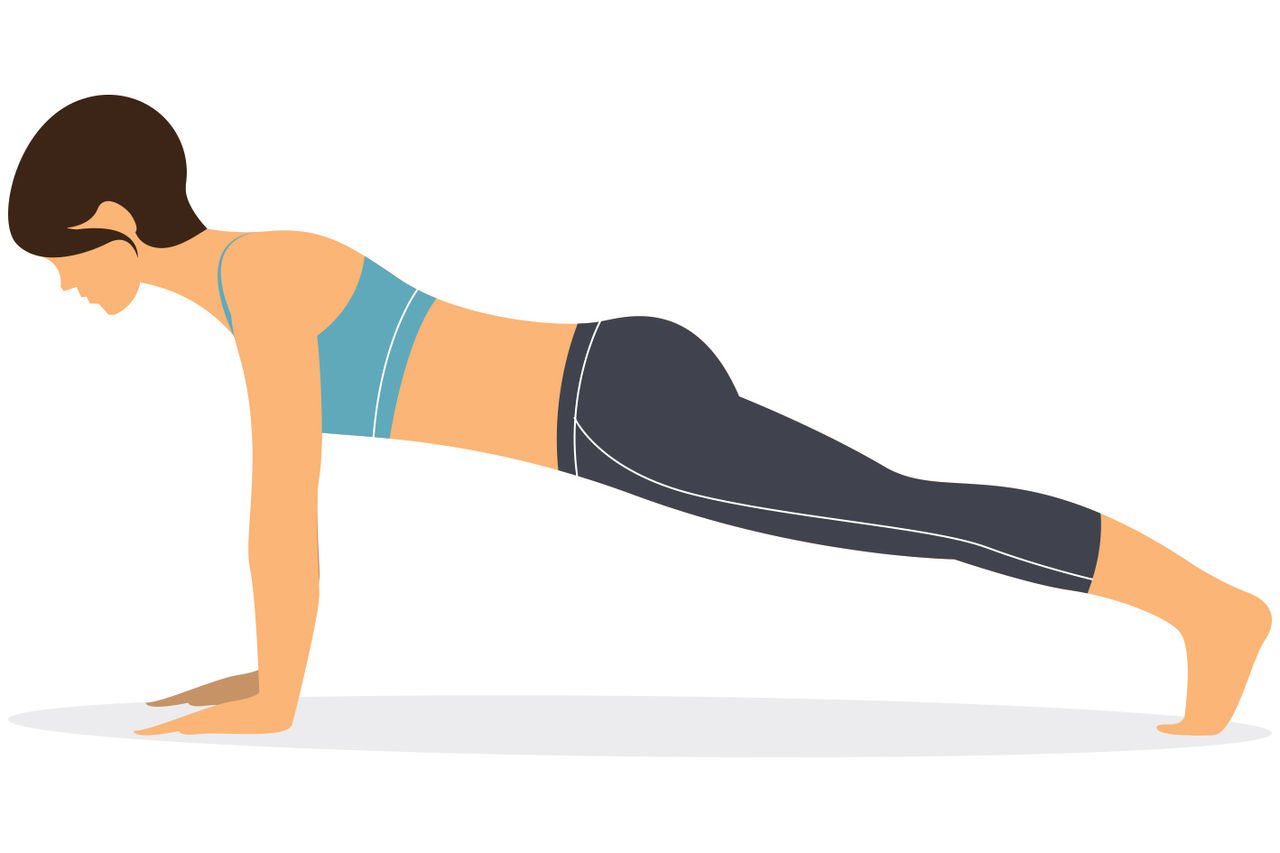 Plank
Plank
 Crunches
Crunches
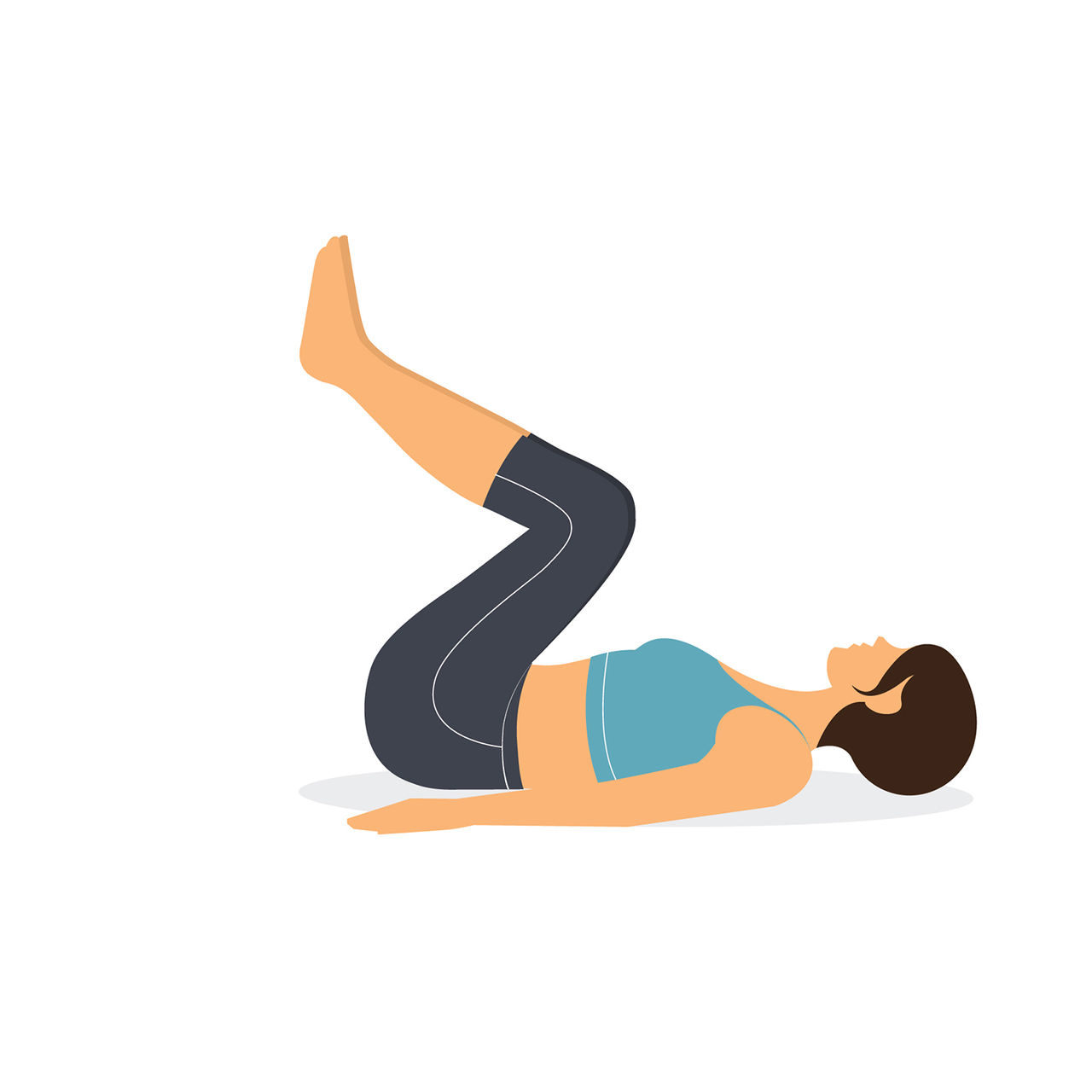 Reverse crunches
Reverse crunches
 Yoga
Yoga
Incorporating some of these ideas into your daily routine if you have been experiencing knee, back, or hip pain may be a good place to start. As always, if you have pain that persists you may want to consult with your physician. You may also consider working with a physical therapist or chiropractor.
Of course, not all stretches or forms of exercise are necessarily good for all people, particularly if there is underlying disease or injury that could be exacerbated by certain movements. In that regard, it is always a good idea to talk to your own physician to see what movements are best for you.